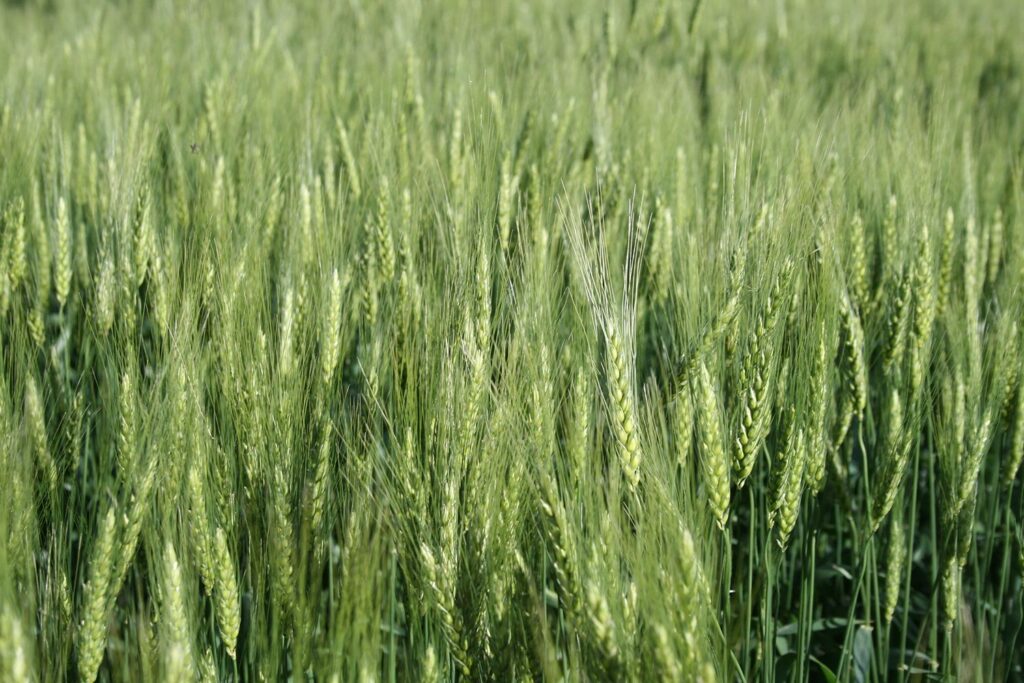Moisture Needed to Finish Out Winter Wheat Crop
 In its first Crop Progress Report for the new year, the USDA National Agricultural Statistics Service (NASS) reported that 48% of winter wheat across 18 states was in good-to-excellent condition. This decreased from 56% for the same week last year but significantly better than in 2023 and 2022. The report shared that 31% of the 2025 winter wheat crop was in fair condition, while 21% was poor.
In its first Crop Progress Report for the new year, the USDA National Agricultural Statistics Service (NASS) reported that 48% of winter wheat across 18 states was in good-to-excellent condition. This decreased from 56% for the same week last year but significantly better than in 2023 and 2022. The report shared that 31% of the 2025 winter wheat crop was in fair condition, while 21% was poor.
As the crop breaks dormancy, additional moisture will be needed. Romulo Lollato, Extension wheat and forage specialist at Kansas State University said the crop looks pretty decent. However, it needs moisture to keep it that way. Kansas is the leading winter wheat producer. It experienced good precipitation in October and November last year, along with above-average fall temperatures. This has resulted in 51% of the state’s crop being good to excellent, with 32% being rated as fair.
Nebraska, South Dakota and Texas have struggled, with 33%, 38% and 40% of the crop rated as poor or very poor. Much of the region remains in long-term drought due to little moisture over the winter and the first half of spring.
The U.S. Drought Monitor released on April 3 shows nearly 60% of Kansas was experiencing moderate to severe drought. Around 82% of the High Plains region was experiencing some level of drought.
Freezing conditions this past weekend have also raised concerns. The corp is jointing in Kansas. The crop can tolerate 24 degrees F for a few hours during this stage. Temperatures plummeted into the mid-teens and remained below 24 degrees F for six to seven hours. Lollato said there is a chance that we will see at least some of the primary tillers gone.
Read more about the winter wheat outlook from the NASS Crop Progress Report here.
